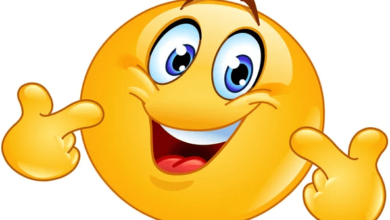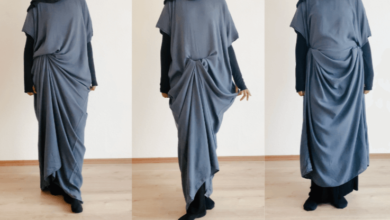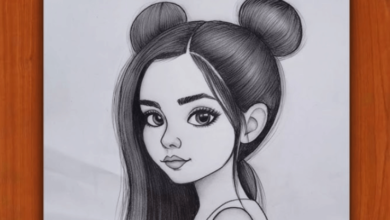Clipart:8yaim36kkhe= Constitution
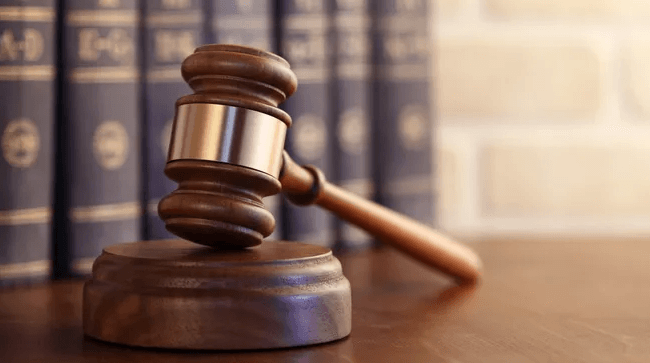
The intersection of clipart and the Constitution unveils a nuanced relationship that shapes artistic expression and legal boundaries within the digital landscape. As artists navigate the realm of creative design, the constitutional principles underpinning intellectual property rights and freedom of speech offer a compelling backdrop for exploring the ethical dimensions of incorporating clipart into digital art. By examining how the Clipart:8yaim36kkhe= Constitution, a deeper understanding emerges of the intricate balance between artistic innovation and legal compliance, inviting a thoughtful exploration into the complexities of this dynamic interplay.
Origins and Evolution
The origins and evolution of clipart as a digital art form can be traced back to the late 1980s with the rise of personal computing and desktop publishing software.
In this historical context, clipart revolutionized graphic design by providing easily accessible images for various projects. Its societal impact was profound, democratizing design and enabling individuals to create visually engaging content without the need for advanced artistic skills.
Key Amendments and Interpretations
An analysis of key amendments and interpretations in relation to clipart’s role in digital art reveals significant shifts in design trends and legal considerations over time.
The Constitution’s focus on equal rights and freedom of speech has influenced how clipart is used and protected in various contexts. Understanding these constitutional principles is crucial for navigating the evolving landscape of digital art and ensuring creative freedom is preserved.
Read Also Clipart:7yj0rnfpp14= Ruler
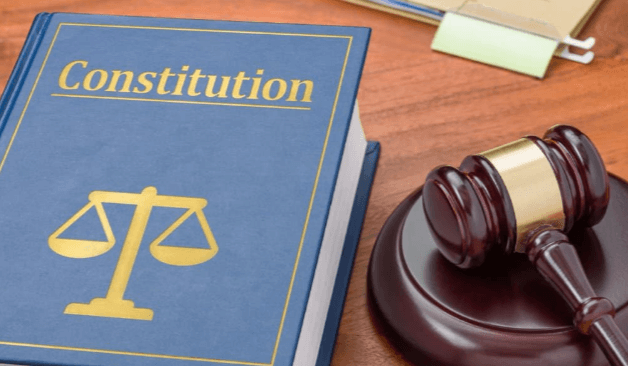
Modern-Day Implications
Analysis of modern-day implications regarding clipart’s usage in digital art underscores the intricate interplay between technological advancements, copyright laws, and evolving artistic practices.
The impact on current events is evident as artists navigate the challenges of incorporating clipart ethically while respecting intellectual property rights.
This dynamic landscape highlights the need for ongoing discussions and adaptations to ensure the harmonious coexistence of digital art and copyright regulations.
Conclusion
In conclusion, the intersection of Clipart:8yaim36kkhe= Constitution underscores the delicate balance between artistic expression and legal obligations.
By adhering to constitutional principles, artists can navigate the complexities of digital art while respecting intellectual property rights.
The evolution of clipart usage reflects the ongoing dialogue between creativity and legality, shaping the modern landscape of digital art.
This symbiotic relationship highlights the importance of upholding constitutional values in artistic endeavors.

